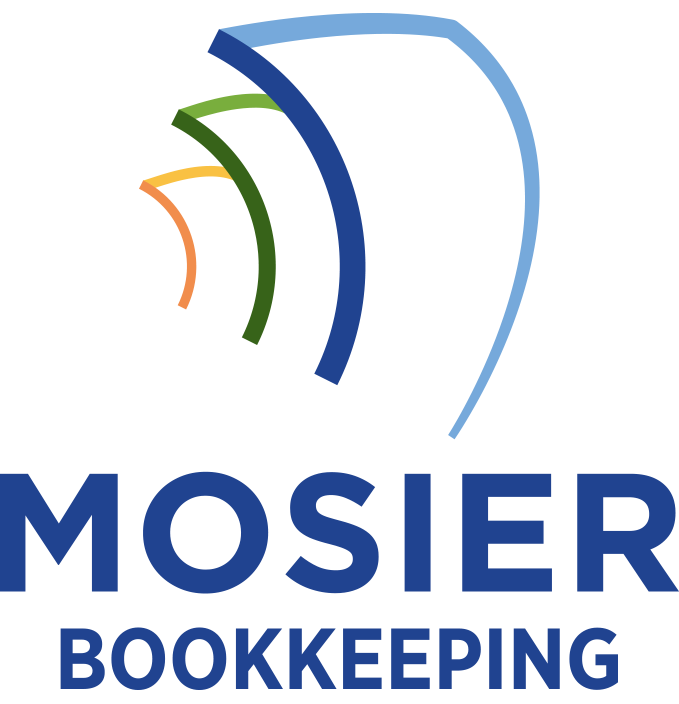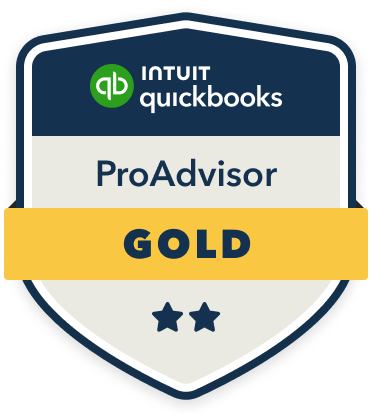I recommend allocating 15-20% of your HR budget specifically to diversity programs while maintaining a dedicated DEI reserve fund of equivalent size. You’ll want to implement quarterly ROI assessments tracking retention rates, productivity gains, and market growth to validate investments. Focus on high-impact training during business downturns, and leverage available tax incentives like WOTC to offset up to 30% of costs. Smart cash flow strategies can transform your diversity initiatives from expenses into measurable business assets.
Aligning Budget Priorities With Diversity Goals

When organizations commit to diversity initiatives, allocating financial resources effectively becomes crucial for turning goals into measurable outcomes. I recommend prioritizing budget allocations by first identifying key performance indicators that directly impact diversity metrics. You’ll need to analyze your current spending patterns and realign them with specific diversity objectives.
I’ve found that successful organizations typically dedicate 15-20% of their HR budget to diversity programs, including recruitment, training, and retention initiatives. Track your ROI through quarterly assessments of hiring statistics, promotion rates, and employee satisfaction scores. This data-driven approach guarantees your financial investments directly support your diversity strategy.
Tracking Return on Investment for Inclusive Programs
Many organizations struggle to quantify the financial impact of their inclusive programs, but establishing clear metrics can transform abstract diversity goals into measurable returns. I’ve found that tracking ROI for diversity initiatives requires a systematic approach focused on key performance indicators.
- Employee retention rates compared between diverse and non-diverse teams, translated into recruitment cost savings
- Revenue growth in markets where inclusive programs have enhanced cultural competency
- Productivity gains measured through project completion rates in teams with varied perspectives
I recommend implementing quarterly assessment cycles to capture both immediate financial impacts and long-term value creation, ensuring your diversity investments deliver tangible business outcomes.
Strategic Resource Allocation for Diversity Training

Although businesses increasingly recognize the value of diversity training, allocating resources effectively requires careful analysis of both direct costs and opportunity costs. I recommend prioritizing high-impact programs by measuring ROI through pre and post-training assessments, employee retention rates, and productivity metrics.
I’ve found that successful resource allocation typically dedicates 15-20% of the training budget to diversity initiatives, with 60% focused on skill development and 40% on cultural awareness. Strategic timing matters – I advise scheduling training during business cycle downturns to minimize operational disruption. Leverage technology platforms to reduce delivery costs while maintaining program effectiveness through blended learning approaches.
Building Financial Reserves for Long-term DEI Success
Despite fluctuating market conditions, maintaining dedicated financial reserves specifically for DEI initiatives helps safeguard long-term program sustainability. I recommend establishing a reserve fund that equals 15-20% of your annual DEI budget to guarantee program continuity during economic downturns.
Key components I’ve found essential for building robust DEI financial reserves:
- Allocate 3-5% of quarterly profits to a dedicated DEI emergency fund
- Implement automated monthly transfers to prevent reserve depletion
- Establish clear withdrawal protocols tied to specific DEI metrics
Leveraging Tax Incentives and Grants for Diversity Initiatives

Tax incentives and government grants can offset up to 30% of DEI program costs when strategically leveraged. I’ll show you how to maximize these financial opportunities through key channels: Work Opportunity Tax Credits (WOTC) can yield up to $9,600 per eligible hire, while federal training grants offer matching funds up to $500,000.
I recommend targeting state-specific diversity grants, which typically have less competition. For instance, California’s workplace diversity grants provide up to $150,000 annually. The key is maintaining detailed documentation of DEI investments and outcomes. I’ve found that businesses partnering with certified minority-owned suppliers can qualify for additional tax deductions.
Measuring Financial Impact of Inclusive Workplace Policies
Building on these financial incentives, measuring the ROI of inclusive workplace policies requires precise tracking methods and data analytics. I recommend implementing robust KPIs to quantify both direct and indirect financial impacts.
- Employee turnover cost reduction metrics, showing average savings of $15,000 per retained diverse hire
- Productivity enhancement tracking, measuring 20-35% performance increases in inclusive teams
- Market share expansion data, correlating diversity initiatives with new demographic penetration
I’ve found that quarterly financial assessments, combined with diversity metrics, provide the clearest picture of ROI. By monitoring these indicators, you’ll strengthen your position to justify continued investment in inclusion programs while maximizing cash flow benefits.









